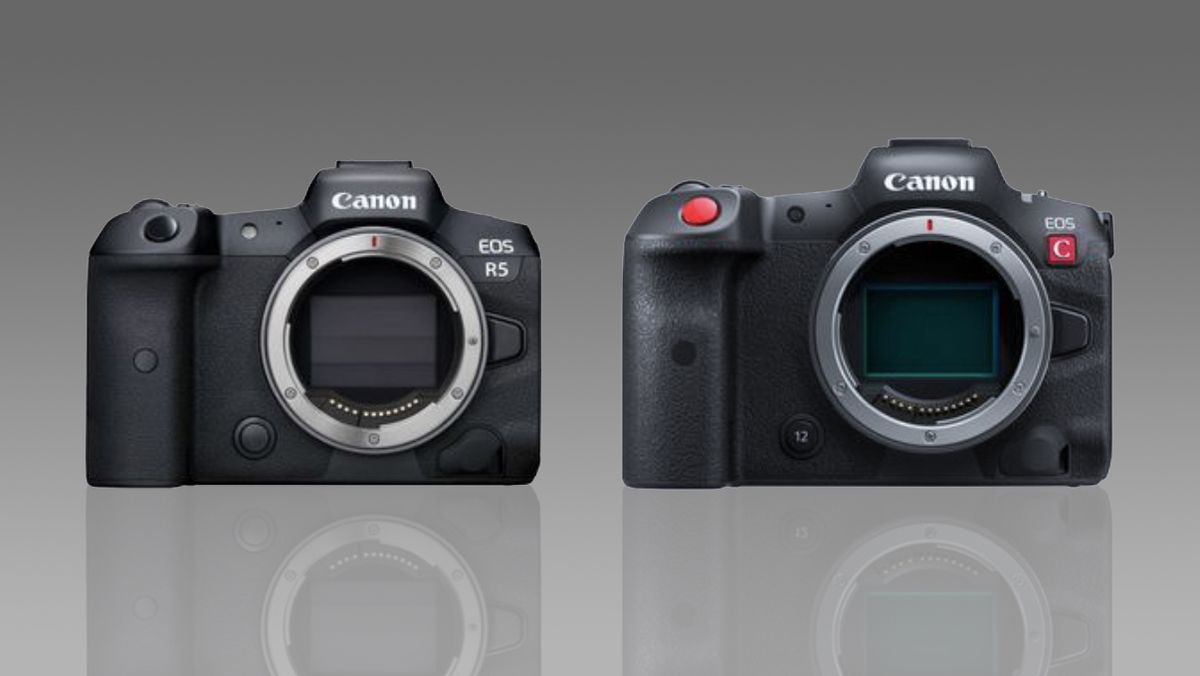I made the blunder of my life
10 days prior to going to Africa for a month long safari - I purchased a canon R5C thinking that I can use the best of both worlds in one camera and get wonderful video! I have Canon R5/R3 and have no issues with them.
I consider myself an advanced amateur in still photography but I am a novice when it comes to videography with dSLRs or MILC.
For the life of me can not figure out the settings for wildlife videography forget the "best settings" . I can not even set up the AF to work. I watched all the you tube videos - read the manual -there are not much on you tube on wildlife video with R5 C anyway ! But when I check in the field- everything falls apart - I can not even keep the moving subject focused or acquire focus on a moving subject - even if the subject is a human being 30 feet away !
I know the problem is with me - not with the camera! Please teach me how to set it up. I am leaving on Aug. 1st and need to have some confidence before I leave in shooting video.
P.S. the still photography part is absolutely fine. No issues
Thanks in advance
10 days prior to going to Africa for a month long safari - I purchased a canon R5C thinking that I can use the best of both worlds in one camera and get wonderful video! I have Canon R5/R3 and have no issues with them.
I consider myself an advanced amateur in still photography but I am a novice when it comes to videography with dSLRs or MILC.
For the life of me can not figure out the settings for wildlife videography forget the "best settings" . I can not even set up the AF to work. I watched all the you tube videos - read the manual -there are not much on you tube on wildlife video with R5 C anyway ! But when I check in the field- everything falls apart - I can not even keep the moving subject focused or acquire focus on a moving subject - even if the subject is a human being 30 feet away !
I know the problem is with me - not with the camera! Please teach me how to set it up. I am leaving on Aug. 1st and need to have some confidence before I leave in shooting video.
P.S. the still photography part is absolutely fine. No issues
Thanks in advance


